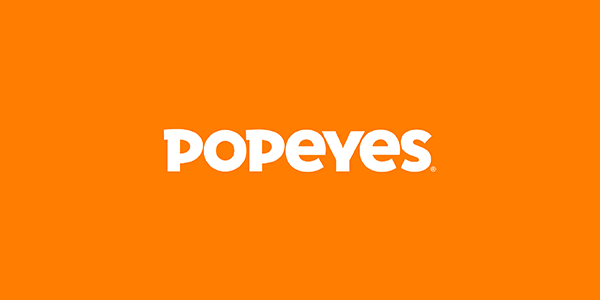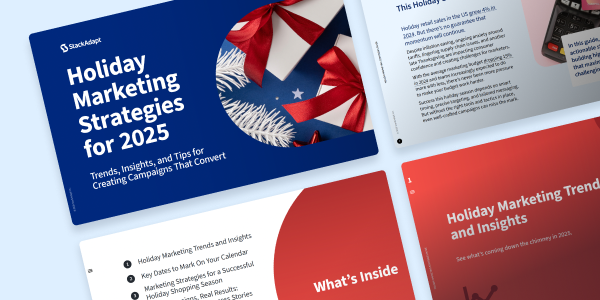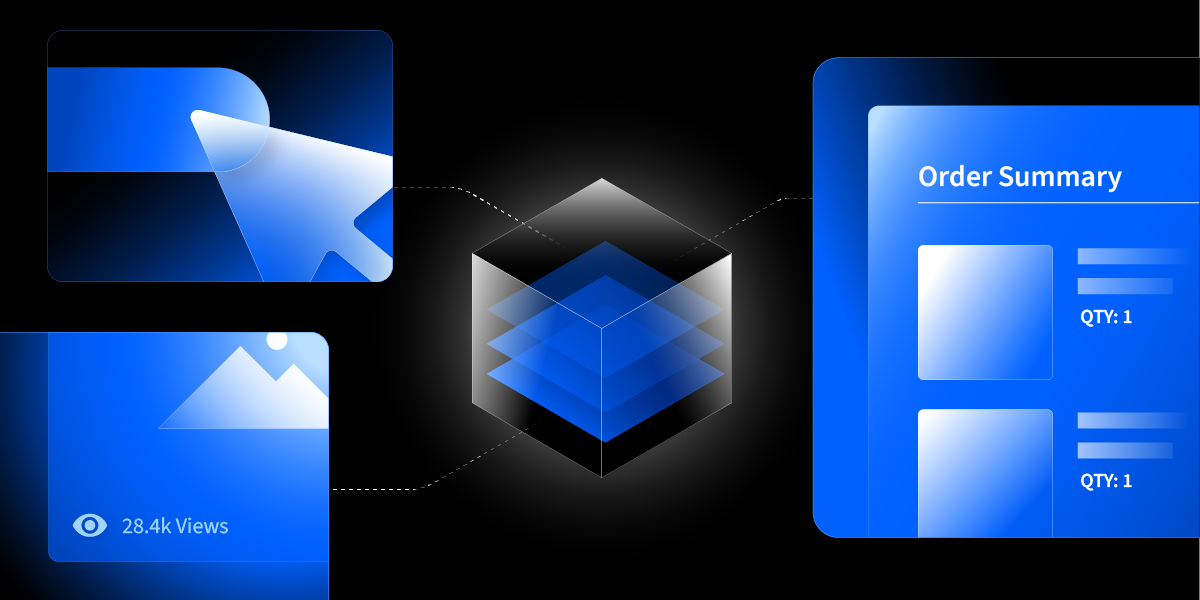Full-Funnel Programmatic Advertising: How Unified Adtech + Martech Powers Growth

TL;DR: Full-Funnel Programmatic Advertising
- Fragmented consumer journeys across CTV, RMNs, DOOH, email, and SMS are making old digital advertising playbooks obsolete, while budgets face pressure to deliver both performance and brand equity.
- Walled gardens and siloed tools create risk: without integration, marketers duplicate spend, fragment audiences, and struggle to prove outcomes.
- Unified adtech + martech stacks offer the solution, combining paid and owned channels, centralizing 1st-party data, embedding AI, and enabling seamless personalization across the funnel.
- Modern measurement requires layering MMM, MTA, and incrementality testing with attention metrics to demonstrate impact in board-ready terms.
- Orchestration across channels turns the funnel into a growth engine: expanding reach via CTV, sequencing touchpoints for pipeline momentum, and linking conversion to retention with measurable ROI.
The digital advertising playbook of the past decade is cracking under pressure. Consumer journeys have become fragmented across streaming platforms, retail media networks (RMNs), podcasts, digital out-of-home (DOOH), and inboxes.
Budgets are under scrutiny, yet leadership still expects proof that every dollar contributes to both near-term performance and long-term brand equity.
Disconnected tools are at the heart of the problem: when adtech and martech don’t talk, budgets fragment, reporting lags, and customer journeys break.
Three shifts are colliding:
1. Market dynamics. Digital video has overtaken traditional linear TV as the dominant channel, with connected TV (CTV) now capturing close to 60% of total programmatic TV/video ad spend and forecast to keep climbing through 2025.
At the same time, RMNs are multiplying, expanding beyond on-site search and display into off-site and CTV partnerships.
While channels like CTV dominate the conversation, owned marketing continues to surge: global email users are expected to reach 4.6 billion by 2025, with email ROI averaging $36–$42 per dollar spent. SMS is equally powerful, boasting a 98% open rate and read within minutes. A unified adtech and martech system brings these high-attention, high-return channels under one umbrella, amplifying reach, performance, and efficiency.
2. The walled-garden squeeze. WARC reports that programmatic growth is increasingly concentrated inside the walled gardens, which creates risk for marketers who lack an integrated strategy for the open internet.
Without the ability to connect paid and owned channels in one view, teams risk fragmenting audiences, duplicating spend, and losing visibility into outcomes.
3. Economic pressure. Budgets are being held tighter, yet expectations for outcomes have never been higher. Despite a cautious environment, CTV and over-the-top (OTT) advertising remain bright spots, attracting investment because of their measurability and ability to drive incremental reach. But measurement silos across agencies, platforms, and customer relationship management (CRM) systems make it difficult to prove impact in terms the boardroom understands.
As a result, marketers are running full-funnel programs with disconnected tools that weren’t built to talk to each other.
“Programmatic and owned channels like email have always existed in silos—different teams, different systems, different data,” says Vitaly Pecherskiy, StackAdapt’s CEO and co-founder. “The opportunity is to consolidate them under one roof, unlocking synergies and universal reporting across the entire customer journey.”
That’s what has been missing: a unified adtech + martech stack designed for the non-linear funnel of today.
The Non-Linear Buyer Journey in Full-Funnel Programmatic Advertising
The 95-5 principle captures the challenge of a non-linear funnel: only about 5% of buyers are in-market at any time, while the other 95% are future demand.
Growth depends on balancing always-on brand building with precise activation when intent spikes.
What to Measure in a Non-Linear Funnel
The old “last-click” mindset can’t survive this complexity. Instead, CMOs are turning to a triangulated measurement stack:
- Media mix modelling (MMM): Macro-level budget allocation by channel, region, and campaign type. It is a “top-down” approach for advertisers to determine how much each channel contributed to the ad’s performance. Essential for long-term investment decisions.
- Multi-touch attribution (MTA): Directional insights where digital signals exist, useful for uncovering paths and friction points. It is a “bottom-up” analysis that traces the journey of individual users across various touchpoints.
- Incrementality testing: Controlled experiments to prove lift from specific tactics, whether adding CTV to a campaign, layering email with media, or targeting a new audience.
Marketers are also adopting attention metrics (signals like Adelaide’s AU) to gauge whether impressions actually drive engagement, not just whether they appeared.
In a non-linear funnel, no single metric is enough. A layered approach with brand reach, incremental lift, and attention offers the clarity boards demand and the agility operators need.
With one funnel, one system, marketers can triangulate these insights in real time, rather than juggling disconnected dashboards.
What “Unified Adtech + Martech” Actually Looks Like
Most marketing organizations still operate with a split screen: media buying on one side, lifecycle marketing on the other. Awareness campaigns run in demand-side platform dashboards, while retention and nurture sit inside CRM or email service providers.
Data moves manually between systems, and measurement lags weeks behind. The result is slow decision-making, fragmented customer experiences, and limited proof of impact.
A unified adtech + martech stack rewires this process into a single operating system for growth.
Instead of silos, marketers orchestrate ad and email journeys end-to-end, measuring impact in real time. The shift delivers three critical advantages:
1. Paid and Owned Activation in One Platform
Programmatic channels—CTV, display, native, video, audio, DOOH, in-game—run alongside email in the same environment.
Having multi-channel capabilities at StackAdapt allows marketers to design journeys where narratives flow seamlessly from impression to inbox, without the friction of multiple tools.
The strategic benefits include consistent messaging, reduced duplication of spend, and optimized overall marketing efforts across the customer journey.
2. First-Party Data at the Center
Through a centralized data hub, marketers can upload, segment, and activate 1st-party data across both media and messaging.
Turnkey integrations with HubSpot, Salesforce, Shopify, and Klaviyo keep CRM and customer data platforms synced automatically, while the Snowflake Native App allows audience creation in StackAdapt directly inside enterprise data warehouses, without moving sensitive data.
The strategic benefits are stronger data governance, real-time activation, and the ability to prove value on the company’s most valuable asset: its customer data.
3. Intelligence Built In
AI-powered tools like StackAdapt’s AI marketing assistant Ivy™ bring planning, targeting, and optimization into plain language. Marketers can query performance, receive recommendations, and adjust campaigns without waiting on analysts.
The strategic benefits are shorter decision cycles, greater flexibility in budget reallocation, and the ability to respond to market shifts mid-quarter.
For senior marketers, the outcome is clarity: one system to manage reach, engagement, and retention, supported by a unified view of performance. For operators, it means fewer handoffs, fewer logins, and the ability to execute strategy without technological drag.
“AI is forcing companies to rethink how marketing and advertising teams are structured,” says Yang Han, CTO at StackAdapt. “Silos, disconnected tools, and manual workflows slow growth. A unified platform powered by AI eliminates that friction, creating leaner, more efficient teams that can work toward common outcomes.”
4. Personalization Without Borders
Personalization has historically been strongest in martech, where email and CRM campaigns adapt to individual behaviours and attributes. In adtech, personalization has lagged, confined to audience segments or contextual signals.
The result is a fragmented customer experience: precise messaging in one channel and generic messaging in another.
A unified adtech + martech platform changes this dynamic. With a shared data foundation and consistent reporting, personalization strategies flow seamlessly across both adtech and martech channels. A prospect who engages with a personalized email can see that same narrative reinforced on CTV, native, or audio, with the next touchpoint adjusting in real time.
When agencies operate within a unified stack, they shift from media buying to growth orchestration, advising on how brand equity and performance marketing reinforce each other, and proving outcomes that resonate in the boardroom.
For senior marketers, this means personalization becomes a growth lever, not a channel tactic, scalable across the entire funnel and measurable in terms the boardroom understands: incremental revenue, reduced waste, and stronger customer lifetime value.
Full-Funnel Orchestration: Turning Fragmented Journeys Into Growth Engines
A unified adtech + martech stack elevates the funnel from a set of disconnected campaigns into a system that compounds impact across every stage. Paid and owned channels reinforce one another, reducing waste, accelerating pipeline, and providing executives with clear evidence of lift.
Here’s how orchestration delivers at each stage of the funnel:
1. Expanding Market Reach
CTV has become the new foundation for incremental reach.
When those impressions are connected to email, audio, and contextual placements within the same platform, the brand message builds consistently instead of fragmenting.
The business outcomes are broader market penetration, higher share of voice, and measurable incremental audience growth.
2. Building Consideration and Pipeline Momentum
In long and complex journeys, sequencing matters. Orchestration across adtech and martech ensures that a prospect exposed to a native ad can next receive a tailored email and then encounter contextual retargeting without manual coordination between teams or systems.
The business outcomes are deeper account engagement, stronger coverage of priority buyers, and accelerated pipeline momentum.
3. Driving Conversions and Loyalty
Conversion and retention gain power when managed within the same operating system as awareness.
Once a customer converts, they are automatically removed from ad campaigns to save on media spend. From there, they shift into email campaigns designed to build loyalty and deepen the relationship. If their activity later drops, signalling a churn risk, they can be re-engaged with targeted ads across channels to bring them back. At every stage, incremental reach data from CTV connects directly to downstream lift, ensuring the full journey is measurable.
The business outcomes are less media waste, higher incremental ROAS, reduced churn, and faster payback on marketing investment.
The leadership takeaway? Orchestration transforms the funnel into a self-reinforcing growth engine, one where reach scales efficiently, engagement compounds across touchpoints, and measurement produces board-ready proof of impact.
Proving It Works: Measurement Framework (Board-Friendly)
For most leadership teams, the funnel only matters if it can be explained in numbers. The challenge is translating complex, non-linear journeys into evidence that’s credible in the boardroom and actionable for operators.
The solution: a “one funnel, three lenses” approach.
- Incrementality tests: Controlled experiments that prove lift from a specific move, such as adding CTV, combining email with media, or activating a new audience.
- MMM: The big-picture view of how budgets should be allocated across channels, regions, and funnel stages.
- MTA: Directional insights into paths and friction points, useful for optimizing sequences.
One Funnel, One System
The days of treating brand, performance, and retention as separate silos are over. Boards expect marketing to prove its contribution to growth with the same clarity as finance or sales. That means showing not only impressions and clicks, but incremental revenue, reduced waste, and brand equity growth in terms that the business can act on.
With a unified adtech + martech stack, agencies and marketers step into a new role: orchestrators of growth. Instead of managing disconnected campaigns, they control the entire funnel, aligning brand-building with performance activation and loyalty programs in one system, with one set of numbers. This elevates their influence from tactical media execution to strategic decision-making at the leadership table.
With programmatic and email activation in one platform, 1st-party data at the centre, and AI-driven insights built in, StackAdapt rewires the funnel into a single operating system for growth—from the first impression to making a lasting impact.
Ready to see it in action?
Book a demo to explore how StackAdapt can unify your funnel, orchestrate journeys end-to-end, and prove outcomes with speed and clarity.







